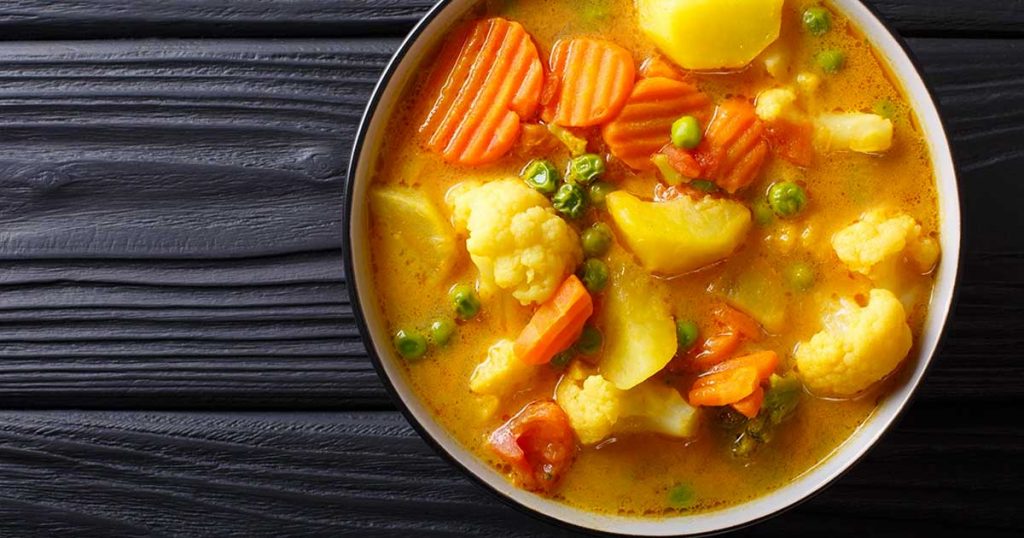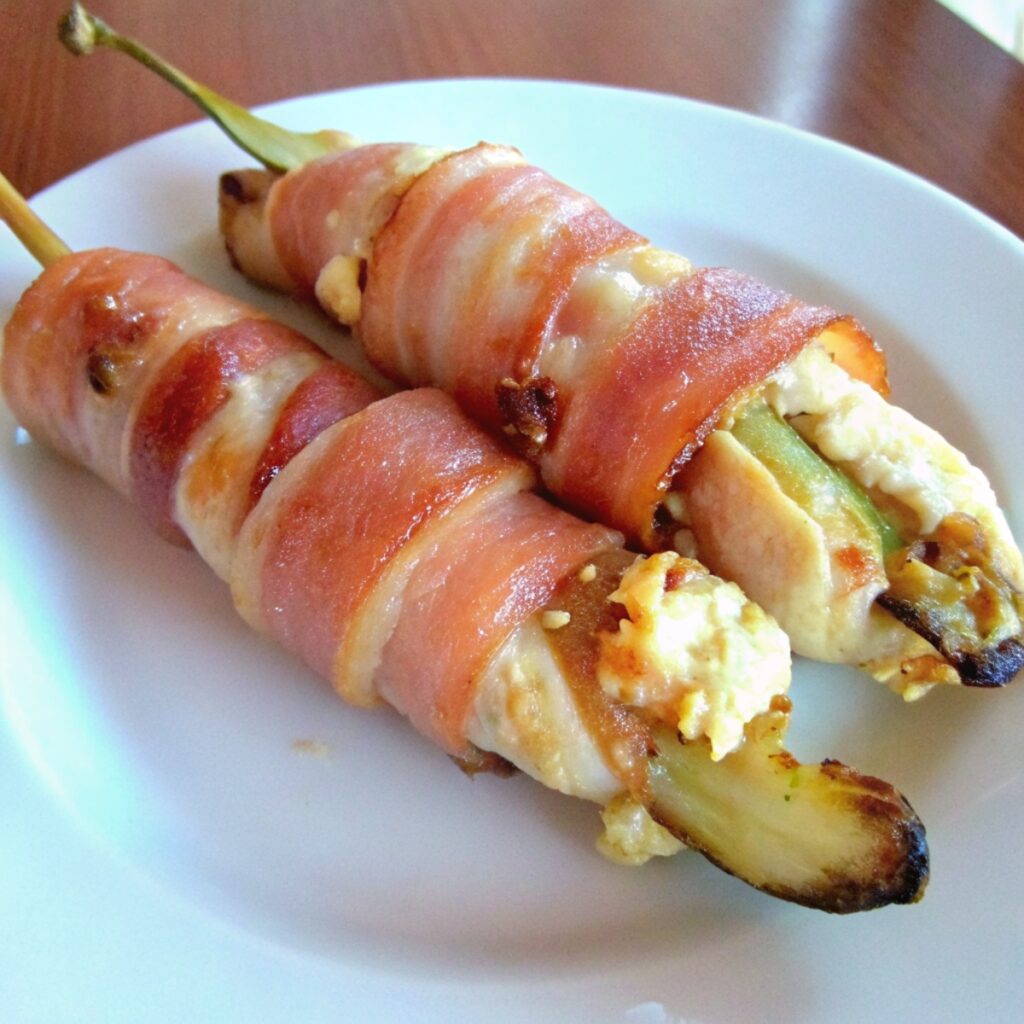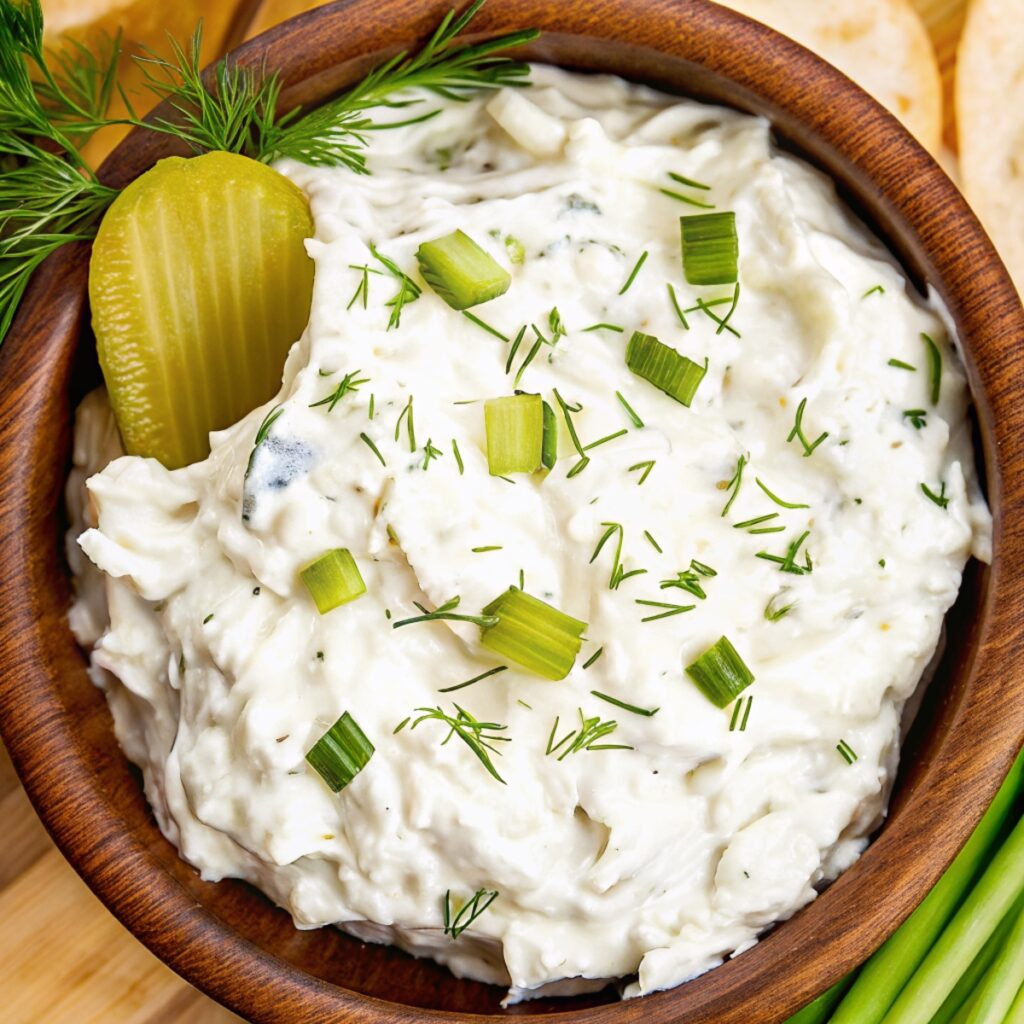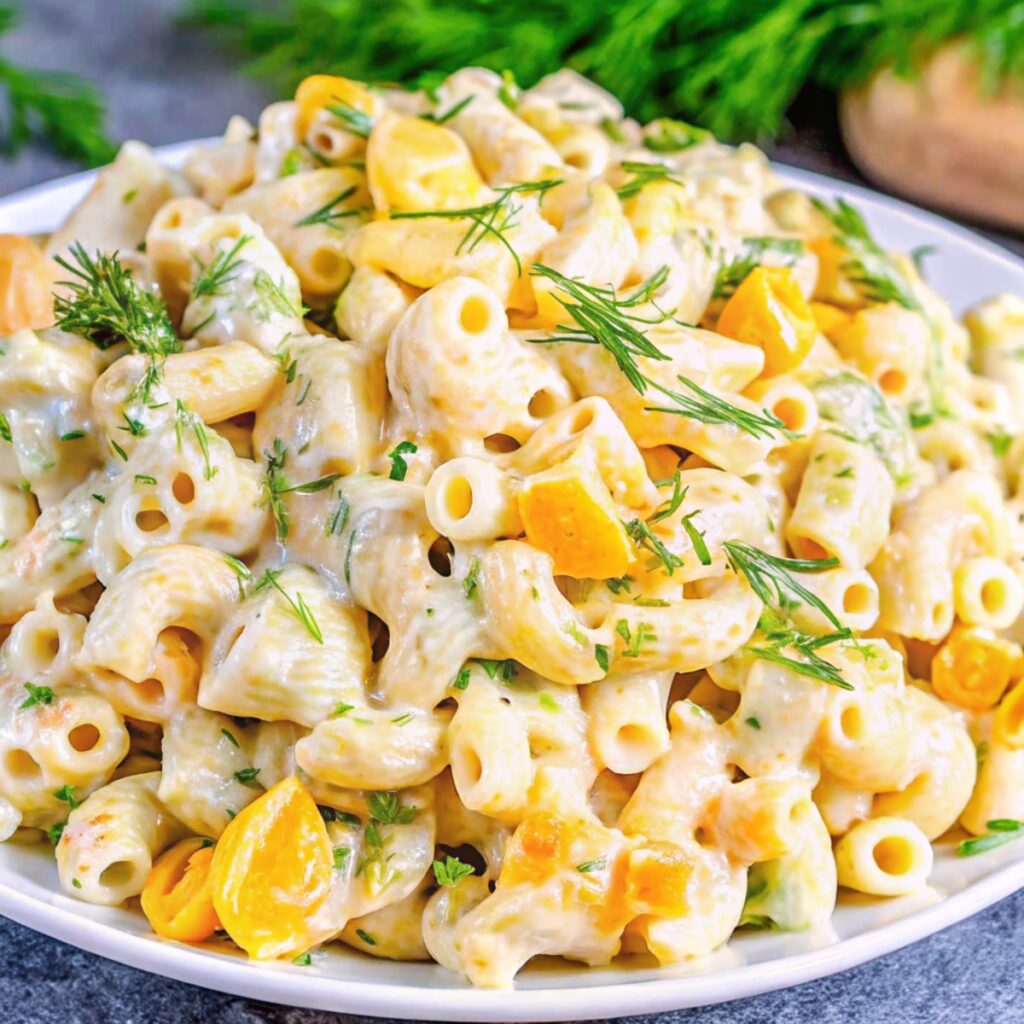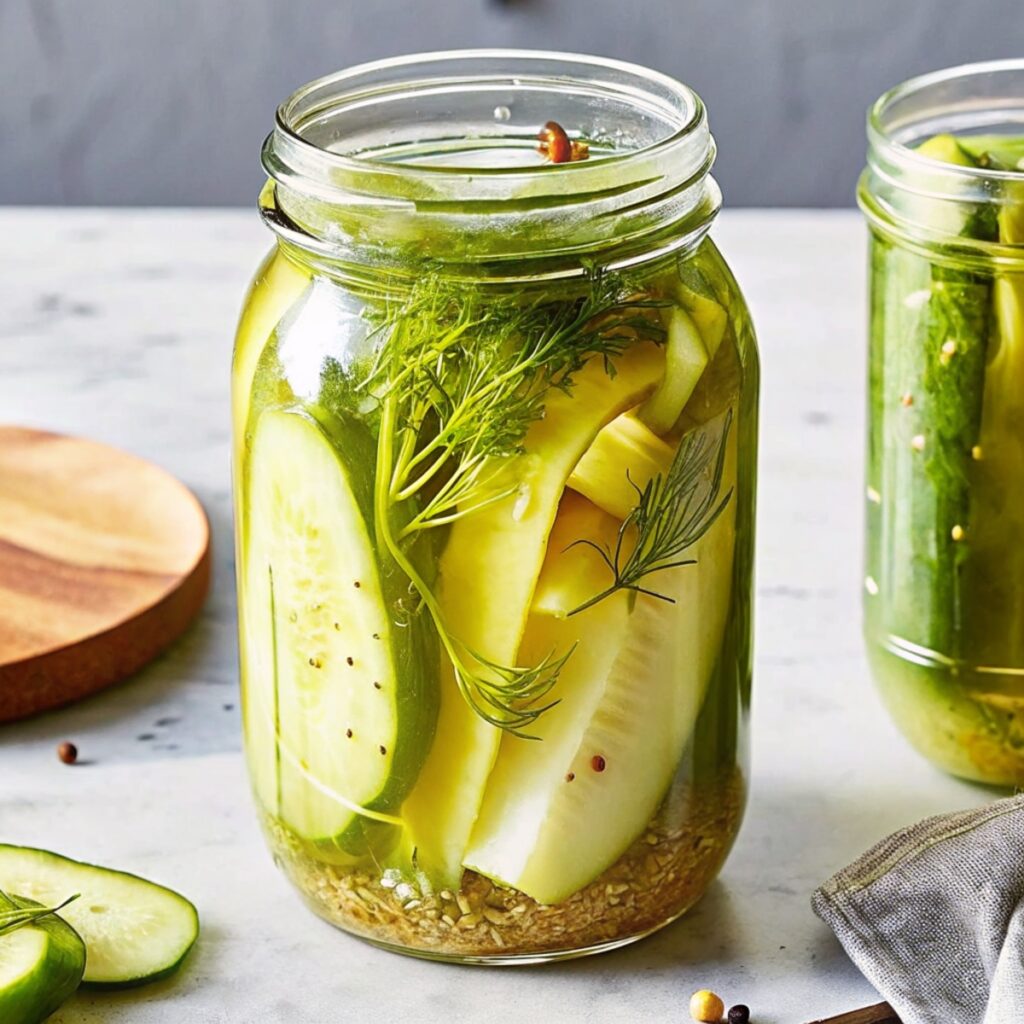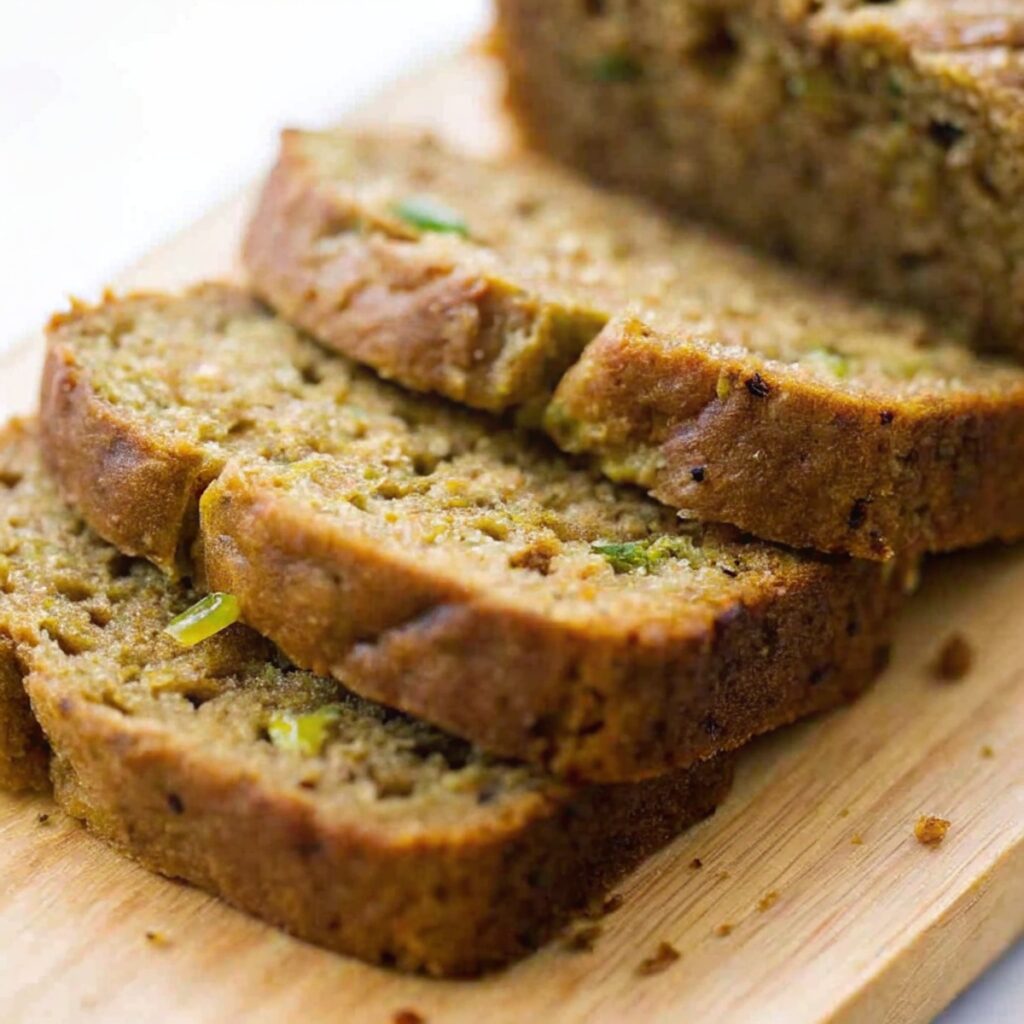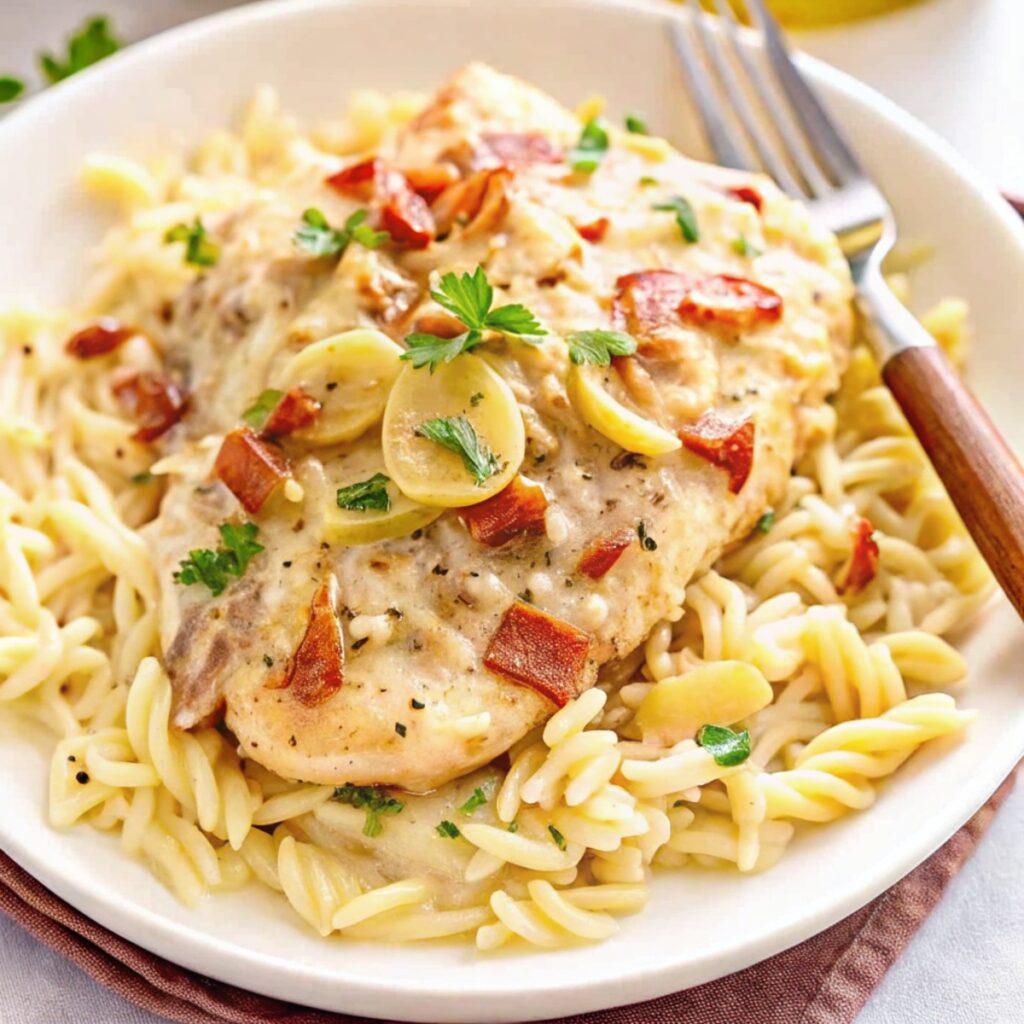Food cooked with Indian spices can be both healthy and cheap. Ideal for vegetarians, this quick version of a vegetable curry can be made with almost any vegetables. Enjoy this any time you want a quick, filling, tasty and low-fat meal.
This curry is easy to make with cheaper vegetables such as cabbage and cauliflower, yet it tastes anything but budget. For more extravagant times, try using other products such as green and red peppers, baby sweet corn and chard. Simply keep the dried spices in stock and you will always have a heartening meal.
The following recipe makes enough for about four servings, but simply adapt quantities to suit your dinner plans. This can be made for one or for one hundred.
Vegetable Curry Ingredients
- 1 Large onion, sliced.
- 1 Two-inch piece of fresh ginger root, grated.
- 3 Large garlic cloves, grated or crushed.
- 1 Tbsp mustard seeds.
- 1 Rounded tsp of ground turmeric.
- 1 Flat tsp of ground cumin.
- 1 Flat tsp of ground coriander seeds.
- 1 Flat tsp of dried chili flakes, adjust to taste.
- 2 Tbsp of unflavored vegetable cooking oil, try rice bran or corn oil.
- 3 Med potatoes, diced.
- 2 Med carrots, diced.
- Large pinch of salt, to taste.
Vegetables of choice. Use enough to bulk out the dish, which is usually about two cups of raw vegetables per person. Choose any vegetables, for example, shredded spring greens, chard, or cabbage, broccoli, cauliflower, green beans or squash. Use a mix of vegetables but try to make sure that the mix is at least half leafy greens.
Cooking the Curry
Anyone who is a beginner in the kitchen could chop and prepare the ingredients before starting. If used to cooking and wishing to make a quick meal of this, then just prepare each item as you go.
Warm the oil in a large pan, ideally non-stick.
Add to this the sliced onion. Cook gently for a few minutes, with the lid off so that the onion fries rather than steams.
Add the mustard seeds, diced potatoes, and carrots. Stir well and continue cooking for 5 minutes. This time keep the lid on and stir occasionally to prevent sticking; be more vigilant about this if not using a non-stick pan.
Once the potatoes are a little colored, add the remaining dried spices and a large pinch of salt. Stir quickly so that everything is coated and fry on a moderate heat for 2 minutes until the spices are losing their sharp, raw smell and the mixture is dry. Make sure that the dry mix does not catch and burn.
Now start to add the vegetables: Anything that needs moderate cooking can be added now, for example, cauliflower or runner beans. Keep aside the shredded greens for a little while longer.
Stir everything well and add enough water to just cover the potatoes. Bring to the boil, replace the lid and turn down the heat so that the potatoes will gently simmer.
After 10 minutes, check that the pan is not too dry and stir well. The potatoes should be almost cooked and there should be a thick gravy.
At this point, add the shredded cabbage and any quick-cooking vegetables. Do not add extra water to the pan unless it looks as if it might run completely dry. Enough moisture should come out of the cabbage. Indian dishes tend to be cooked so that the vegetables have a little bit, so this does not need manic boiling.
Replace the lid and continue cooking gently for 5 minutes, or a maximum of about 10.
Once the potatoes are fully done and the vegetables are cooked, check seasoning and turn off the heat.
Any vegetables, such as spinach, that just require wilting could be added at this point.
The curry needs to stand for 5 –10 minutes as spicy food like this tastes best when it is warm, not piping hot.
For a light main meal, serve this with white basmati rice and plain live yogurt.
It will be more filling if served with brown basmati rice and maybe a dhal.
You could make the curry more of a fancy meal with raitha, salad, white rice, and naan.
As part of a larger meal, this should be served with dhal and rice before the meat and fish courses.
For busy working parents, it is easy to make a large pot of this vegetable curry. It keeps well in an airtight container in the fridge for a couple of days. As with all curries, the spices develop in taste over this time. For a quick meal, these leftovers can be reheated or eaten cold. The curry tastes great with just a naan or jacket potato. It can be stuffed into wholemeal pita bread with some hummus or raitha, for a healthy vegetarian lunch. Vegetable curry is also a fabulously easy way to get children to eat vegetables.
